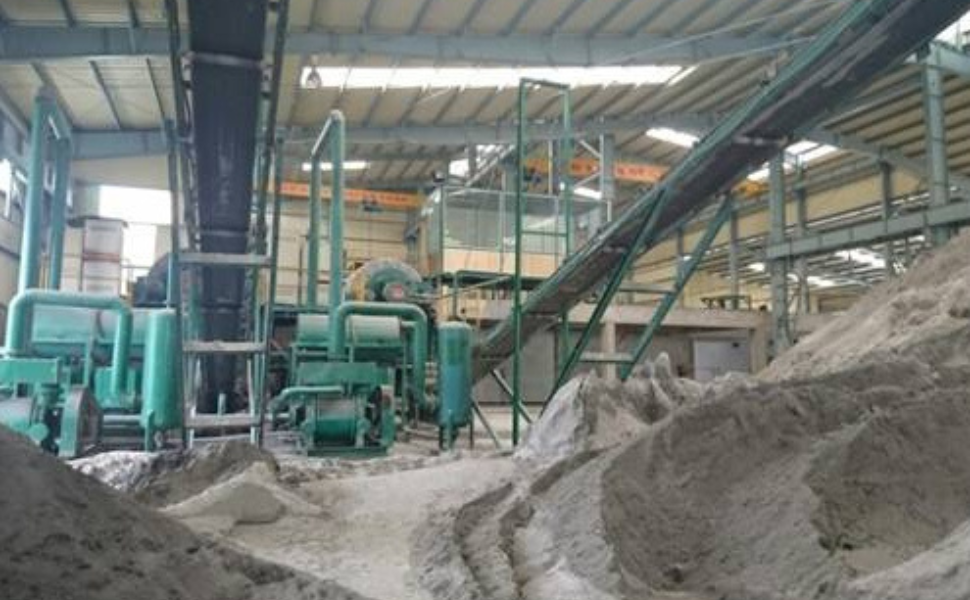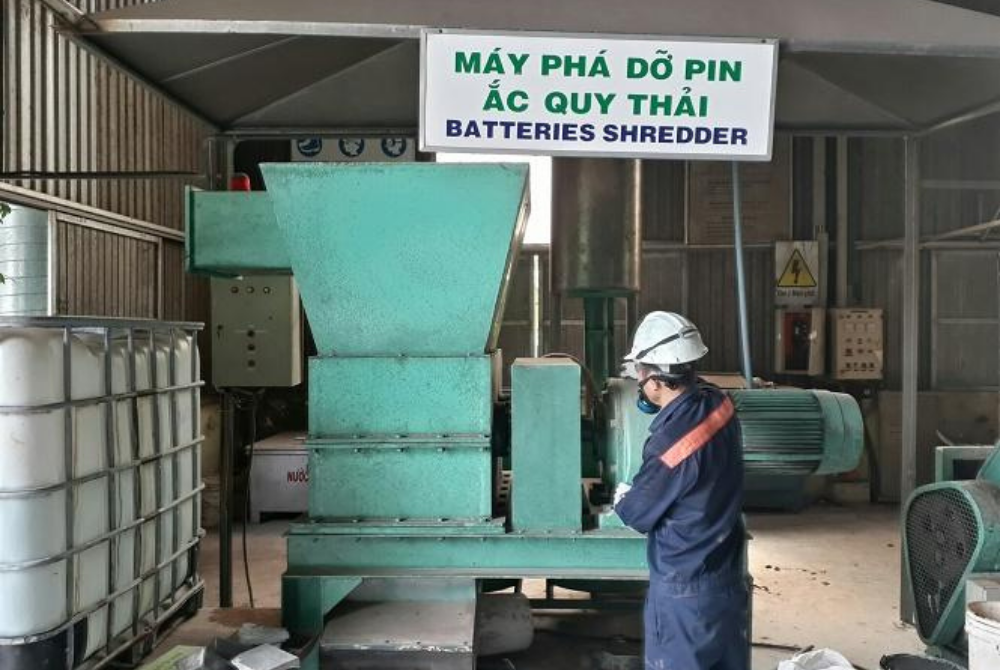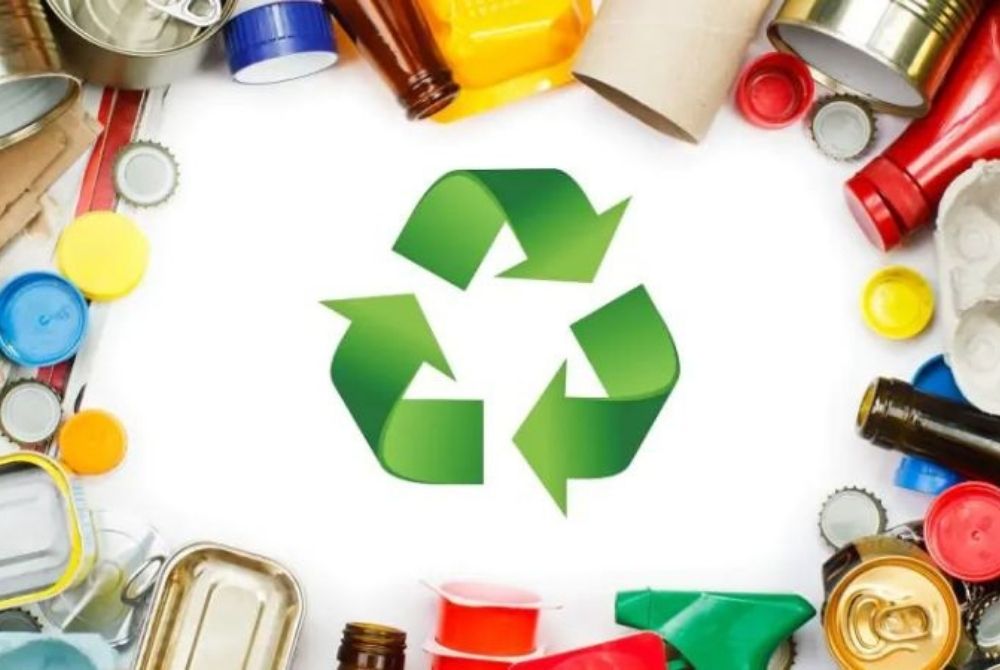How to help cement companies solve environmental problems
One of the fundamental environmental problems of the cement industry is the emission of dust and exhaust gases. The Cleaner Production has helped the cement industry deal with these problems.
Dust treatment should be based on economic and environmental efficiency analysis.
The dust treatment methods generally used in cement factories are the wet process (washing mills) and dry methods (electrostatic precipitator EP).
However, wet processing produces some slurry, while dry processing can absorb dust, especially dust in the cement grinding process, which is the final product. Therefore, with the Cleaner Production approach, the dust treatment method applied is the dry method: filtering hankie and electrostatic dust. However, the choice of technology will be based on an analysis of the economic and environmental effectiveness of each technology.
To be sure, both pocket and EP dust filters have their disadvantages. Both methods are highly efficient (99.99%) dust separators in standard installation and operation. Some systems are designed, installed, and operated as standard and can dust concentrations only 5 to 20mgNm3 after treatment. However, there are a number of factors, such as high CO concentrations, kiln combustion mode, and start and stop of the blending device, leading to reduced performance of the EP. At the same time, the pocket filtering method will not be affected.

The dust treatment methods commonly used in cement plants are the wet and dry methods (electrostatic precipitator ESP).
Baghouse
The principle is to use fabric as a filter material; gas can pass through, and dust will be retained. The design of the vacuum cleaner depends on the method of vacuuming: the most common method is to use reverse air flow, mechanical vibration, or compressed air impulses. Depending on the continuous or interrupted dusting method, there are two filters: reverse gas flow (for the continuous process) and mechanical vibration (for the interruptive process).
ESP Electrostatic Precipitator
The principle is that the device creates an electromagnetic field in the gas stream containing dust. The dust particles are negatively charged and move towards the positive pole of the dust collection disc. These discs are periodically scratched or vibrated to remove dust, and the dust falls hopper below. Determining the optimal dust removal cycle is very important, affecting the dust separation performance of the device. One characteristic is that ESP can work in high temperatures up to about 400°C high humidity and has the advantage of being able to handle large air flows.
SO2 Processing
In cement manufacturing, processing SO2 in the furnace emissions before discharging it into the environment is necessary and obligatory. So, you can treat SO2 with some methods:
Spray absorbent solution into waste smoke: Calcium CaO or Ca(OH)2 solution sprayed into the waste smoke will significantly reduce SO2 formation. If these substances are put into the furnace, they react to form rubber and then combine with the clinker to form cement.
Dry-washing of the boiling mechanism with lime as an adsorbent: This process is most effective at temperatures above 600 °C with a boiling system, so it needs to be done right after the oven.
Wet wash using limestone mud as an absorbent of CaSO4*2H2O (gypsum) can be tolerated as a raw material in cement production.
Using activated carbon to separate SO2 and some other gases
NOx Gas Treatment

NOx emissions can be reduced if temperature and O2 content are well controlled during combustion. Some of the ways to do this include:
Low-NOx combustion devices, phase-burning at different temperatures and in decommissioning environments. This could lead to an increase in CO if not adequately controlled. This method is only applied in systems that have a preliminary corrosion tower. (precalciner).
Use the "Selective Non-Catalytic Reduction SNCR" technique by spraying the NH2 - X compound at 800 - 1000 °C with enough storage time to discharge NOx to N2.
Selective Catalytic Reduction SCR, using NH3 at 300 – 400oC and a catalyst. The technique is highly efficient with a system with high dust content.
As such, Cleaner Production can help improve the environment by reducing emissions to the environment and improving fuel efficiency.
However, additional end-of-pipe treatment solutions are needed in many cases to meet the emission standards.
Source: ximang.vn












